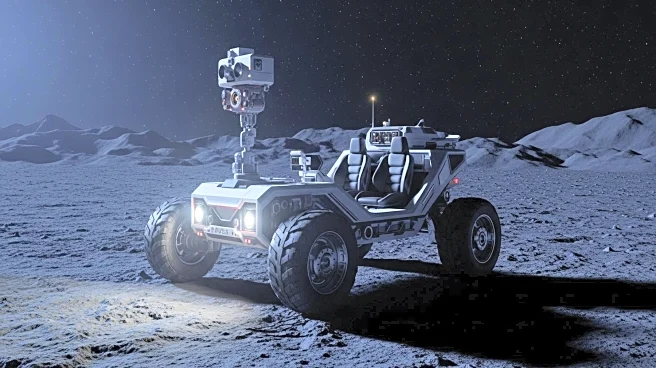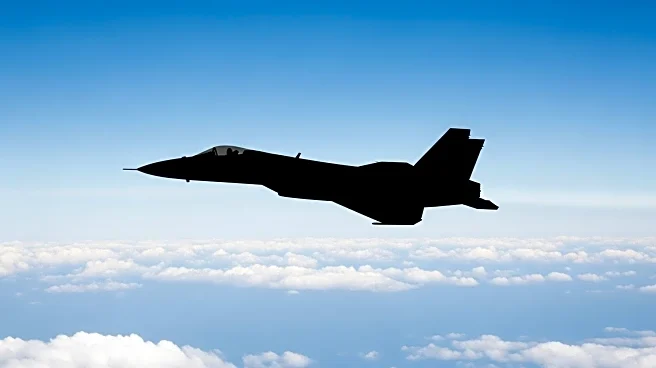What is the story about?
What's Happening?
On October 3, 1942, the V-2 rocket was successfully launched from Peenemunde, Germany, marking a significant milestone in both military and space exploration history. Developed by German rocket scientist Wernher Von Braun, the V-2 was the first long-range ballistic missile, capable of traveling around 200 miles at speeds of approximately 3,500 mph. The rocket's successful launch demonstrated its potential as a powerful weapon, leading to its use in Nazi bombings of Allied cities during World War II. The V-2's development and subsequent use resulted in the deaths of approximately 5,500 people in bombings and 10,000 more in forced labor during its construction.
Why It's Important?
The V-2 rocket's development marked a turning point in military technology, introducing the concept of long-range ballistic missiles that could strike targets from great distances. Its success laid the groundwork for future advancements in rocket technology, influencing both military strategies and space exploration efforts. After World War II, the capture of V-2 hardware and research by the U.S. and Soviet Union contributed to the development of their respective space programs. Wernher Von Braun's surrender to the Americans and his subsequent career in the U.S. had a profound impact on the American space program, shaping the Space Age and popular culture.
Beyond the Headlines
The V-2 rocket's history is intertwined with ethical considerations regarding the use of technology developed under oppressive regimes. The forced labor and human cost associated with its construction highlight the darker aspects of technological advancement during wartime. The legacy of the V-2 also raises questions about the balance between military innovation and humanitarian concerns, as well as the role of scientists in ethical decision-making.
AI Generated Content
Do you find this article useful?
















